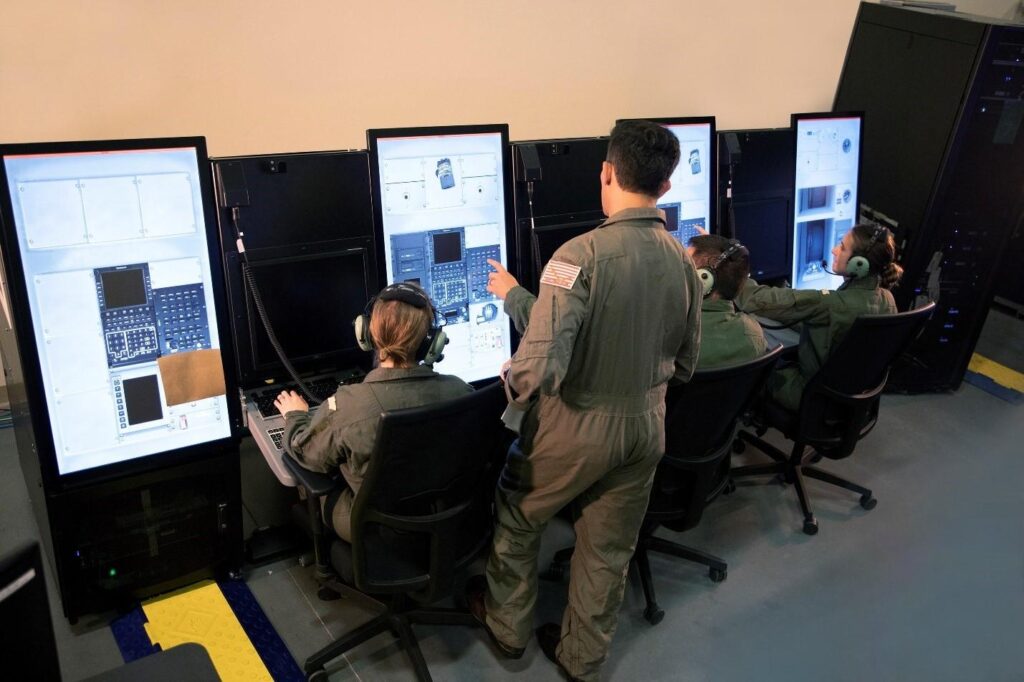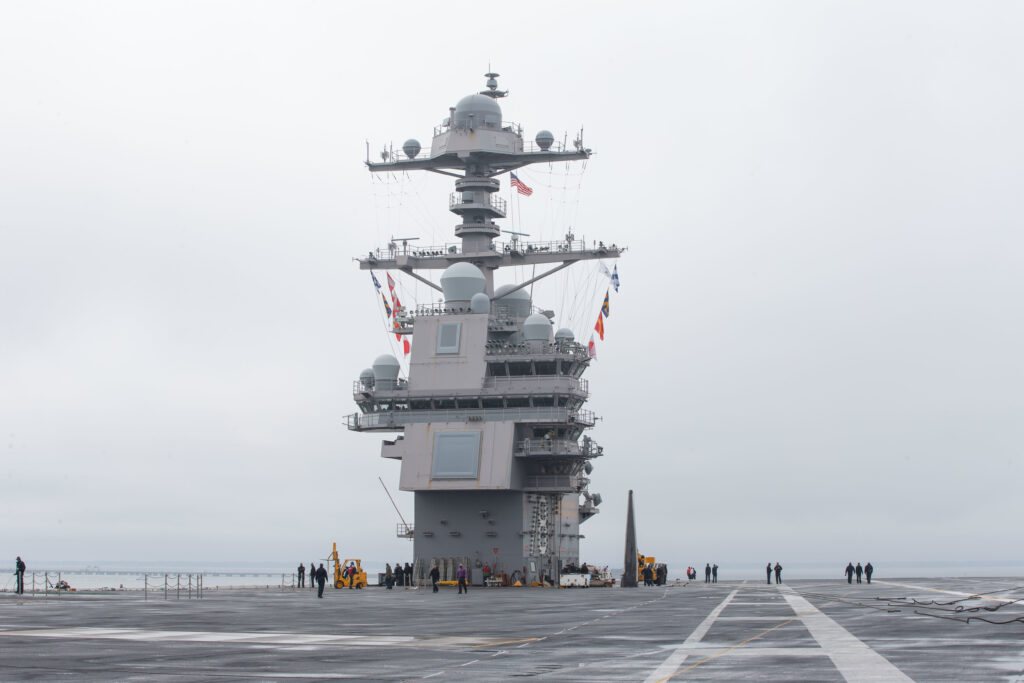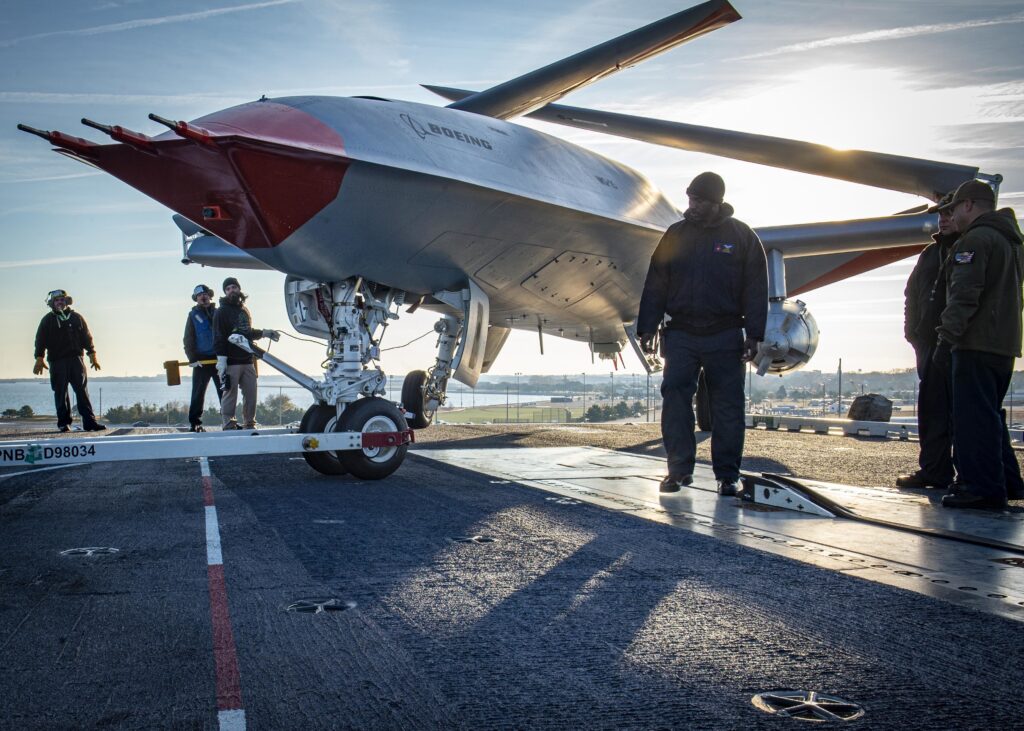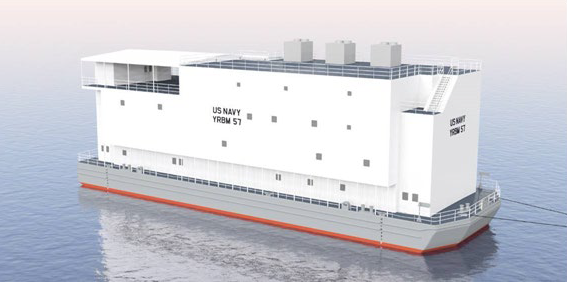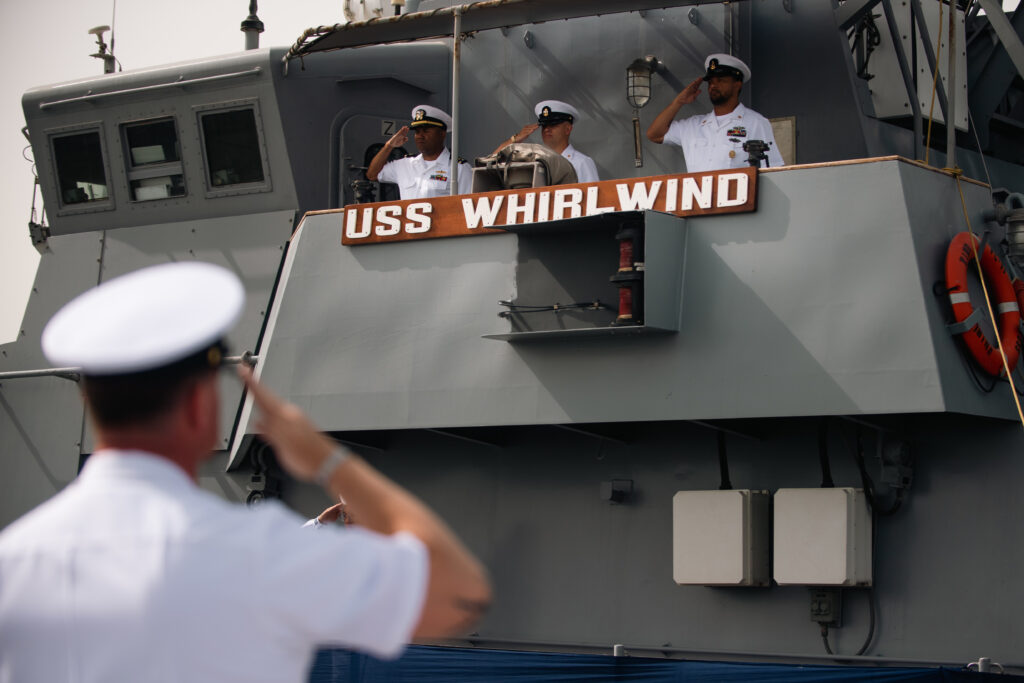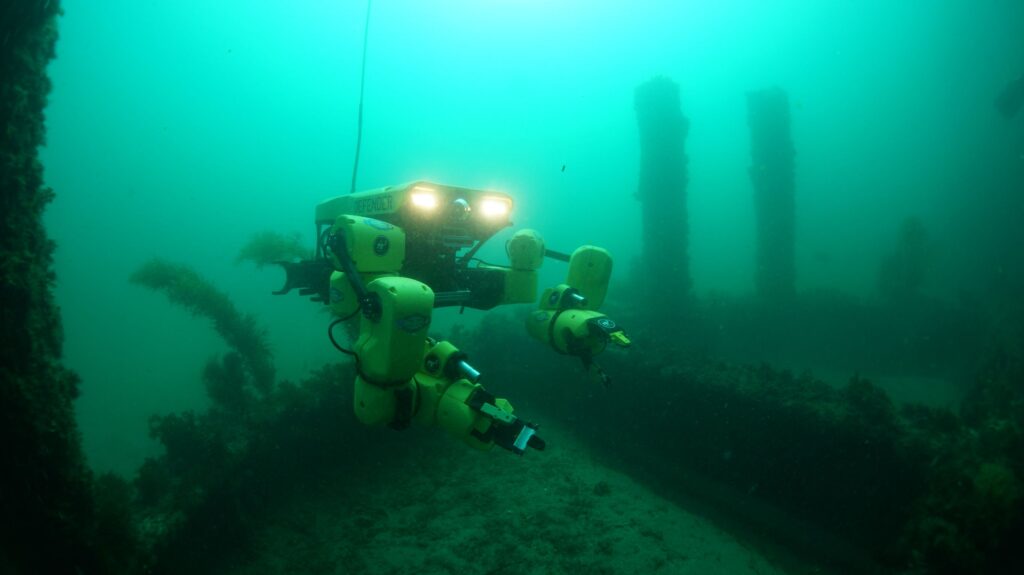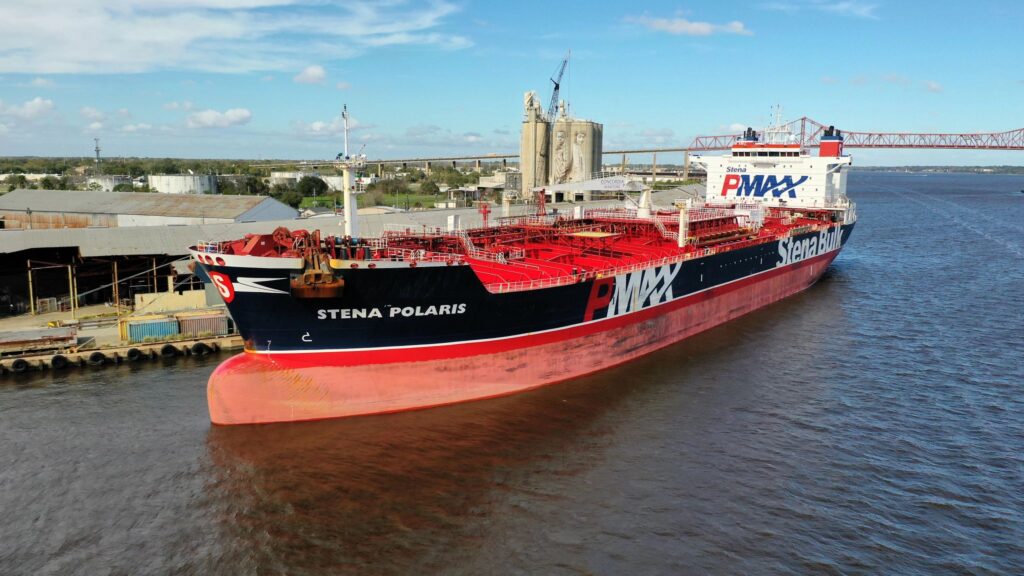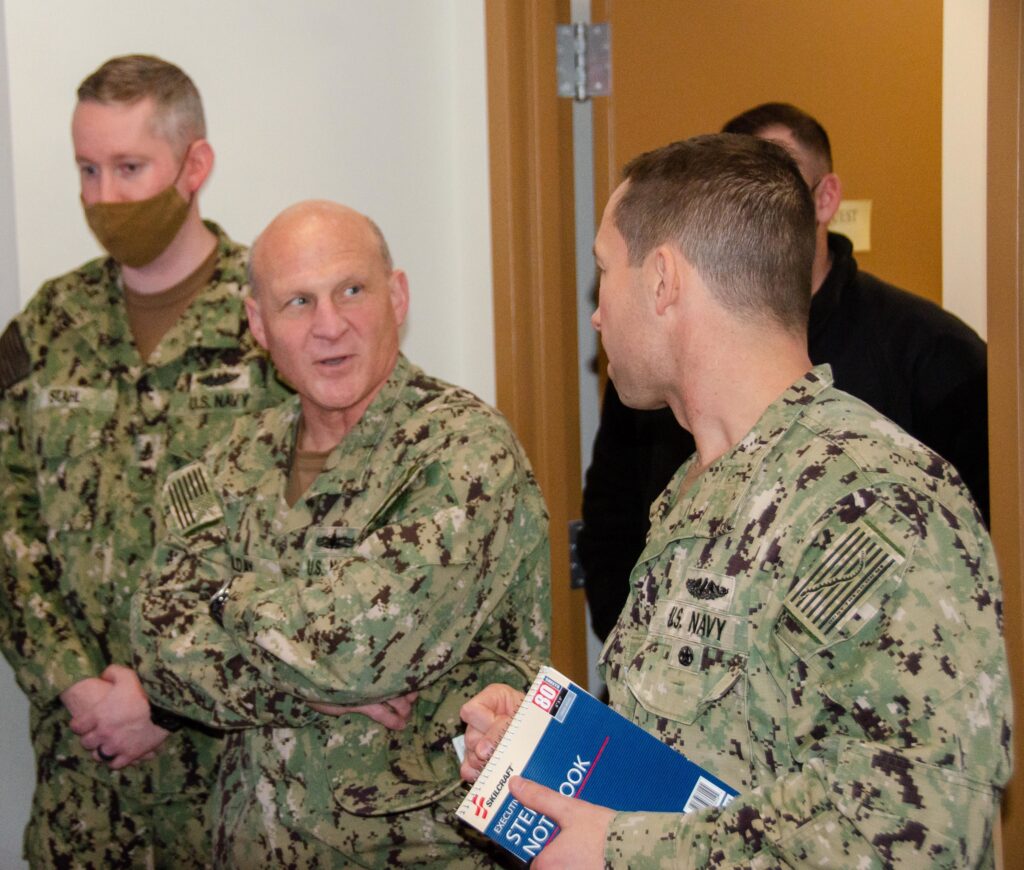Israeli Air Force Leader Takes Flight in CH-53K
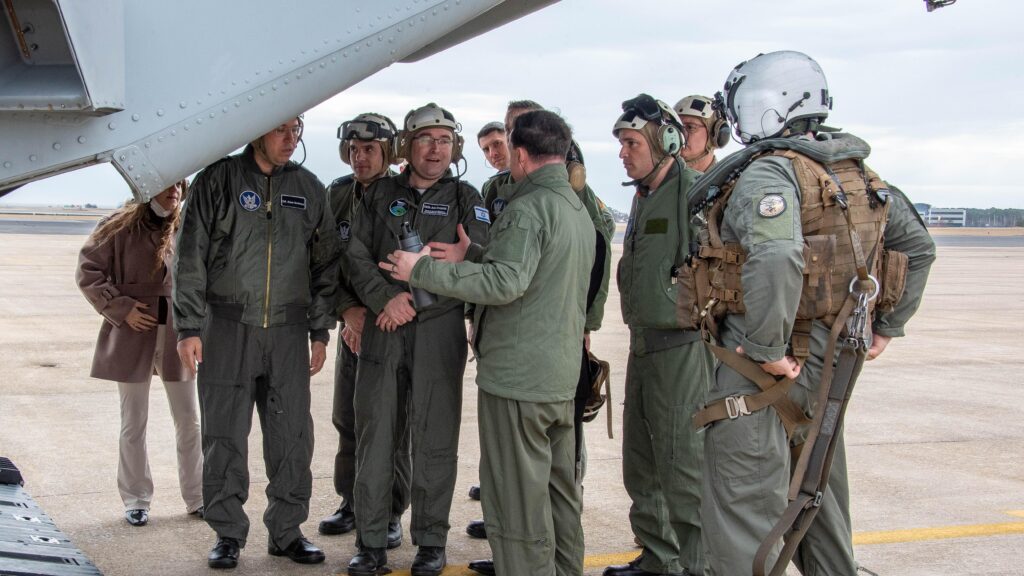
PATUXENT RIVER, Md. — Israeli air force Chief of Staff Brig. Gen. Eyal Grinboim visited Naval Air Station Patuxent River in February for a program update and flight on the CH-53K heavy lift helicopter, Naval Air Systems Command said March 23.
Grinboim and his staff met with Maj. Gen. Gregory Masiello, program executive officer for air anti-submarine warfare, assault and special mission programs. Masiello and Col. Jack Perrin, program manager, Heavy Lift Program Office (PMA-261), gave the IAF group an overview of the CH-53K program and a status update on current tests and production.
The visit included an opportunity to co-pilot the aircraft. U.S. Marine Corps Lt. Col. Luke Frank, pilot and officer in charge of CH-53K detachment for Marine Operational Test and Evaluation Squadron 1, provided pre-flight safety instructions before leading the group in a flight. The flight demonstrated the power and capabilities of the CH-53K aircraft.
Grinboim’s visit to the program office was the first since Israel’s decision last year to purchase the CH-53K. The IAF signed a letter of offer and acceptance on Dec. 30, 2021, with the U.S. government. The agreement is for purchase of 12 CH-53K aircraft with first deliveries planned in 2025.
As the long-range logistic support backbone for the U.S. Marine Corps, the CH-53K will support Israeli special operations programs first, as well as provide the Israeli Defense Forces with a platform that has the speed, safety and gross weight capability to support all of its missions, including troop and cargo transport, and search and rescue.
The CH-53K program is on track to achieve Initial Operational Capability in 2022. VMX-1 completed all initial operational test and evaluation scheduled events, including a real-world, non-test event recovering a 14,000-pound downed Navy H-60 from a 12,000 feet high zone in the mountains of Northern California. The CH-53K will transport Marines, heavy equipment and supplies during ship-to-shore movement in support of amphibious assault and subsequent operations ashore.
